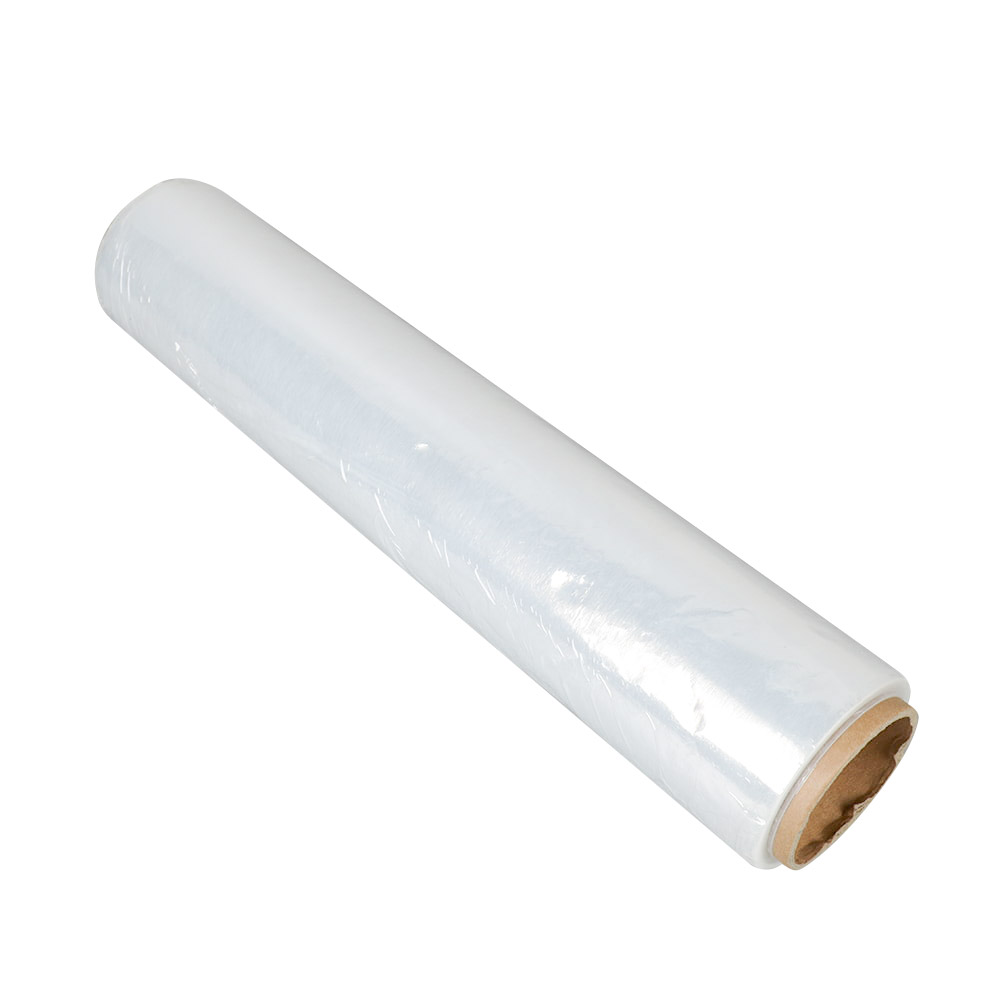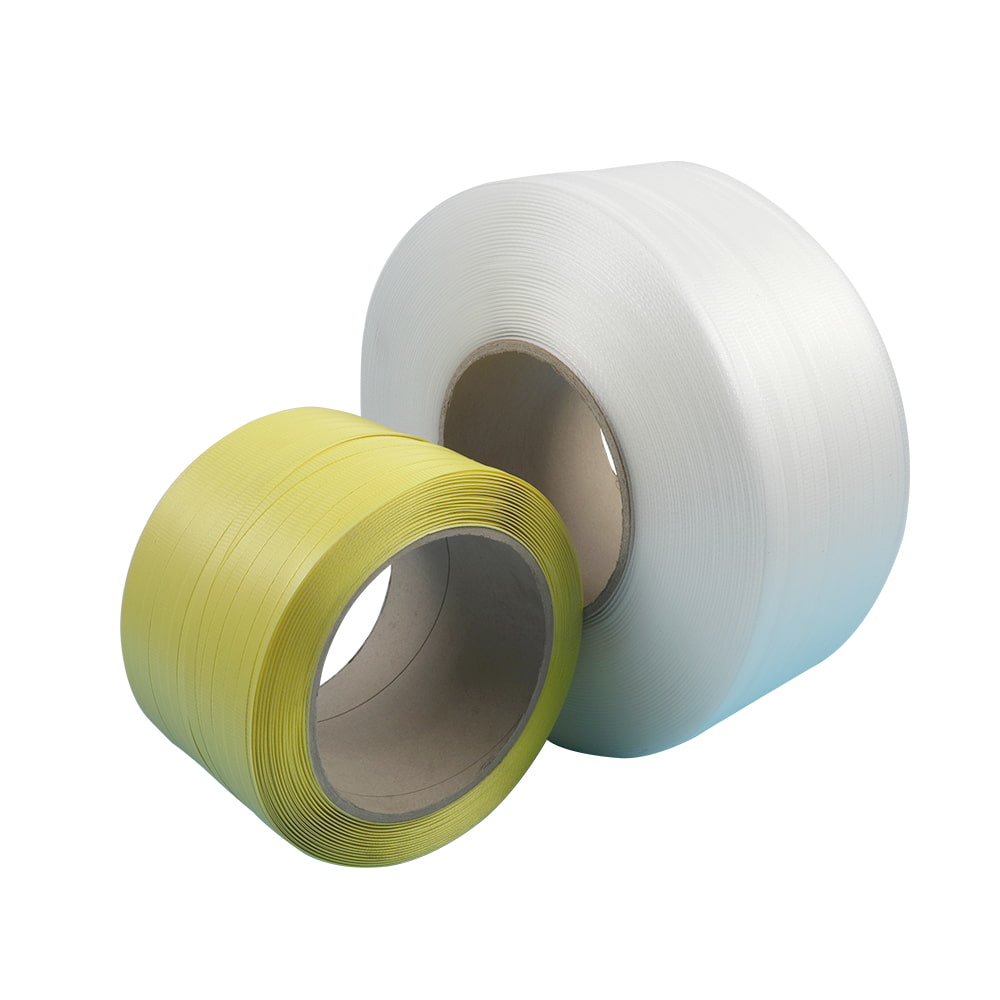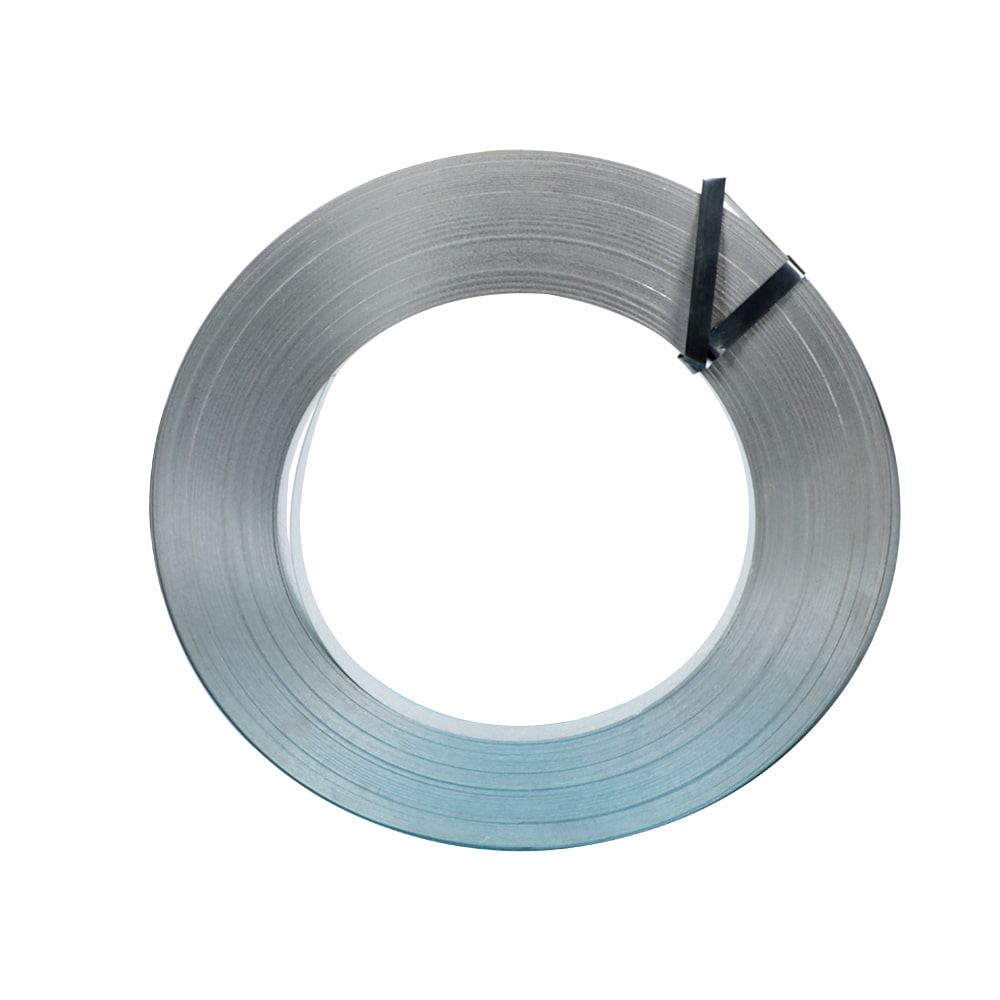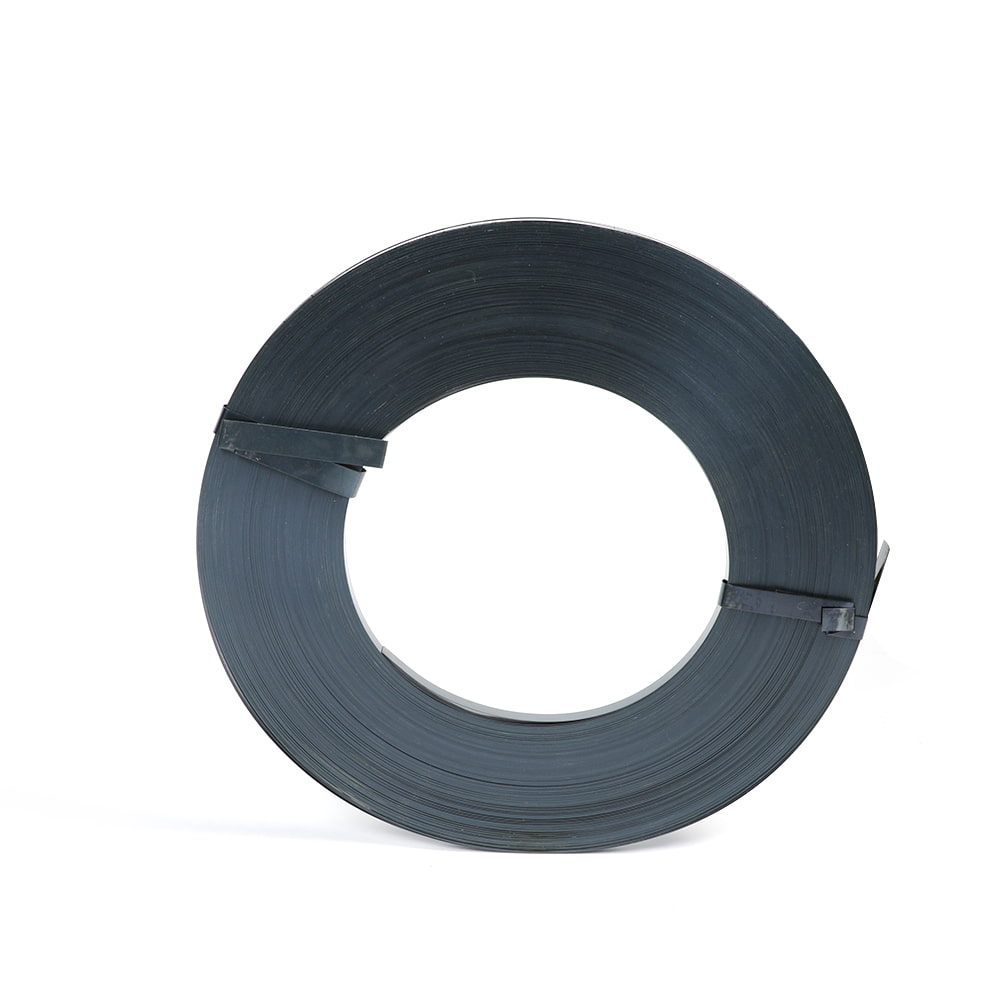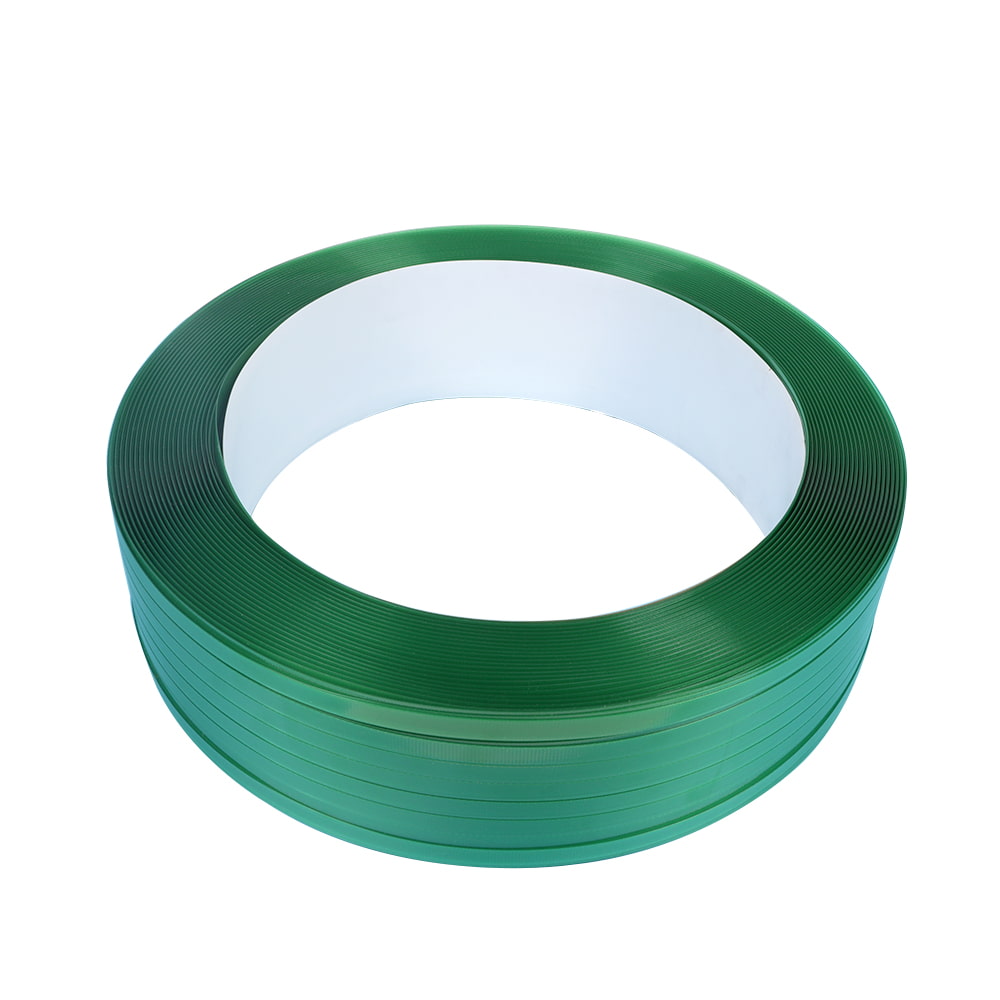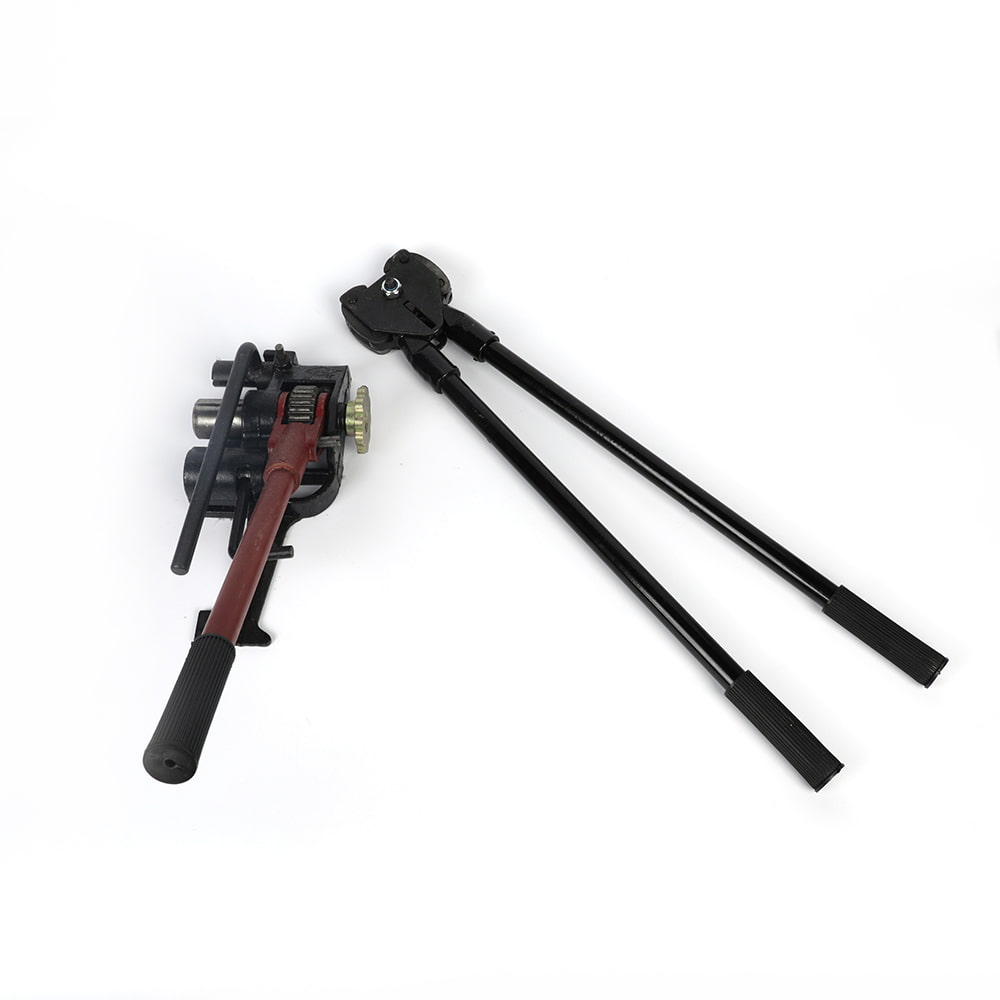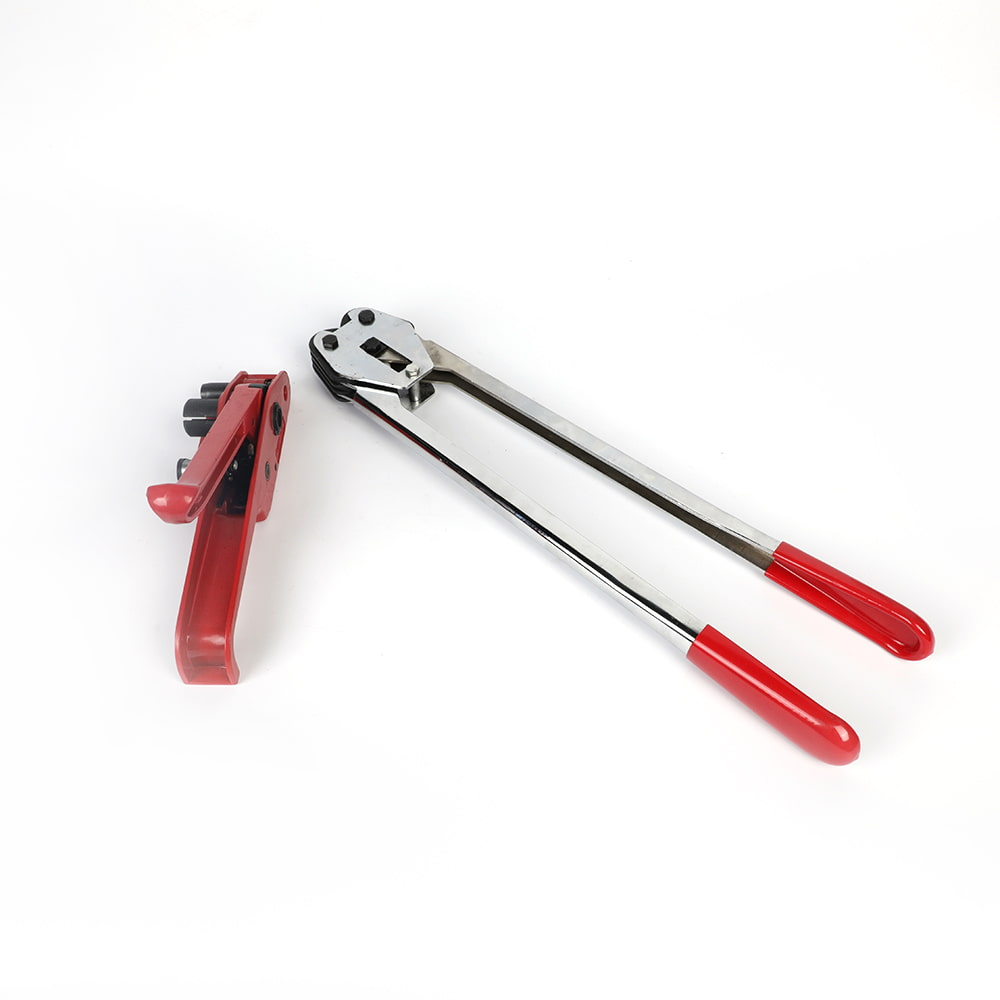How important is the “elongation at break” of stretch film for packaging?
Imagine a pallet of goods traversing a bumpy highway. Inside the truck, unseen forces tug and twist the protective stretch film. The film stretches, absorbing stress... but will it snap? This moment hinges critically on one fundamental property: Elongation at Break (EAB). Understanding and specifying the right EAB isn't just technical jargon; it's essential for secure, efficient, and cost-effective packaging.
What is Elongation at Break?
Simply put, Elongation at Break (EAB), often expressed as a percentage, measures how much a stretch film can stretch before it ruptures. It's determined under standardized laboratory conditions (like ASTM D882) by pulling a film sample until it breaks. For instance, an EAB of 500% means the film can stretch to five times its original length before failing.
Why EAB Matters: The Cornerstone of Performance
-
Load Containment & Stability: This is paramount. High EAB allows the film to absorb significant energy from shifting loads, vibrations, and impacts during handling and transit. It acts like a shock absorber, maintaining tension and preventing the load from loosening or collapsing. Films with insufficient EAB are brittle; they reach their breaking point quickly under stress, leading to containment failure and potential product damage or safety hazards.
-
Optimizing Pre-Stretch Performance: Modern high-performance stretch wrapping relies heavily on pre-stretch – mechanically elongating the film before it's applied to the load. Films with high and consistent EAB can withstand higher levels of pre-stretch (e.g., 250% or more). This maximizes film yield (more pallets wrapped per roll), reduces material costs, and maintains holding force without compromising integrity. Low EAB films cannot achieve high pre-stretch without breaking.
-
Puncture and Tear Resistance: While distinct properties, EAB is intrinsically linked to puncture and tear resistance. A film that can stretch significantly when encountering a sharp corner or protrusion is less likely to puncture or tear catastrophically. The stretching action dissipates the point force over a larger area. Low EAB films tend to fail abruptly on impact.
-
Conformability & "Grip": Films with good EAB conform more readily to irregular load shapes, creating better surface contact and "grip." This enhances load unitization and stability. Brittle films struggle to wrap complex shapes tightly without tearing or leaving gaps.
-
Handling Tolerance: Manual and semi-automatic wrapping processes involve variable operator force and technique. Films with higher EAB provide a wider margin of error. They can tolerate occasional over-stretching by hand without immediately breaking, leading to less waste and frustration on the packaging line.
Beyond "Stronger" – It's About Controlled Stretch
It's crucial to differentiate EAB from tensile strength. Tensile strength measures the force needed to break the film. A film can be very strong (high tensile) but brittle (low EAB), meaning it snaps suddenly with little stretch. Conversely, a film can have moderate tensile strength but very high EAB, allowing it to stretch dramatically and absorb energy before failing. For dynamic pallet stability, high EAB is often more critical than ultimate tensile strength.
Selecting the Right EAB: A Balancing Act
Choosing the optimal EAB isn't about simply selecting the highest number available. It requires consideration:
-
Load Characteristics: Heavy, dense, sharp-cornered, or unstable loads demand higher EAB.
-
Wrapping Equipment: High-pre-stretch machines require films engineered with high, consistent EAB to perform efficiently. Manual wrapping might use films with slightly lower EAB but potentially higher cling.
-
Transportation Environment: Long-haul, rough-road transit necessitates higher EAB than short, smooth warehouse moves.
-
Cost Efficiency: Higher EAB films often enable significant cost savings through higher pre-stretch and reduced film usage per pallet, offsetting potential material cost differences.

 EN
EN 
 English
English 中文简体
中文简体

